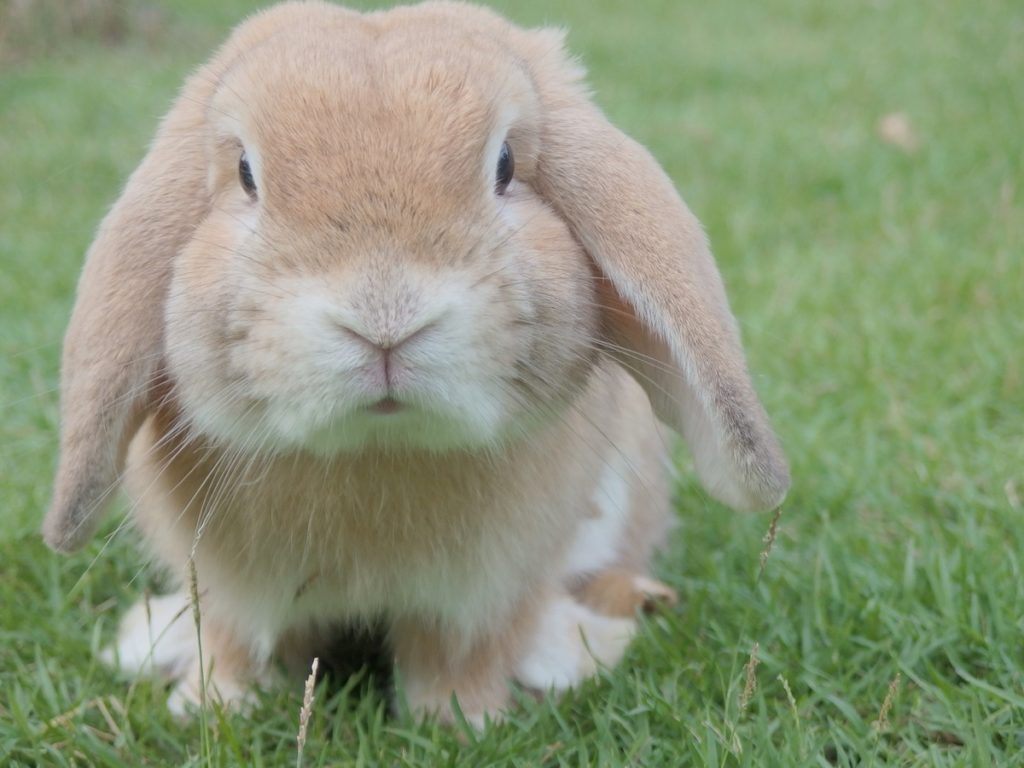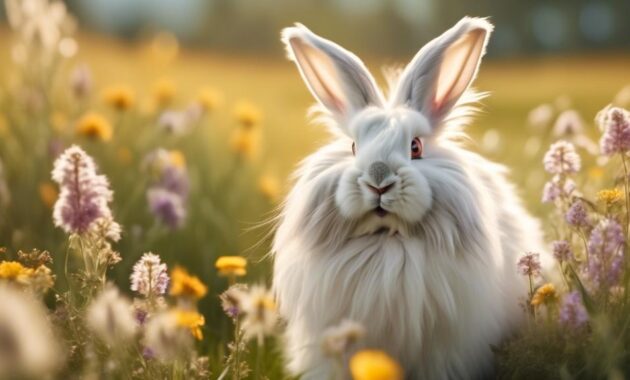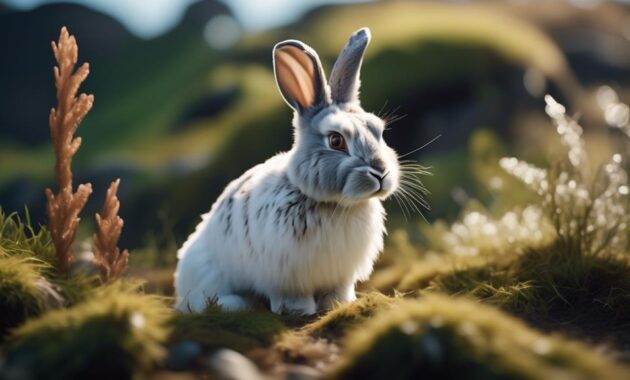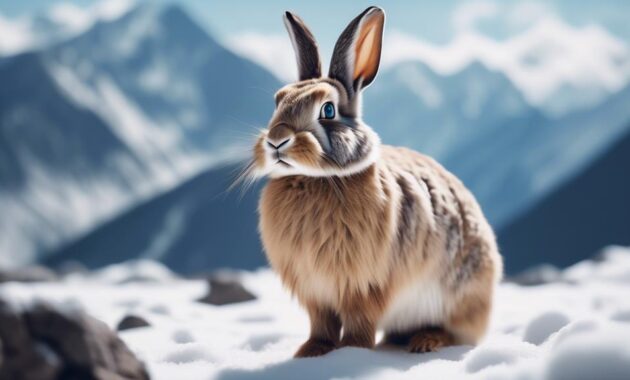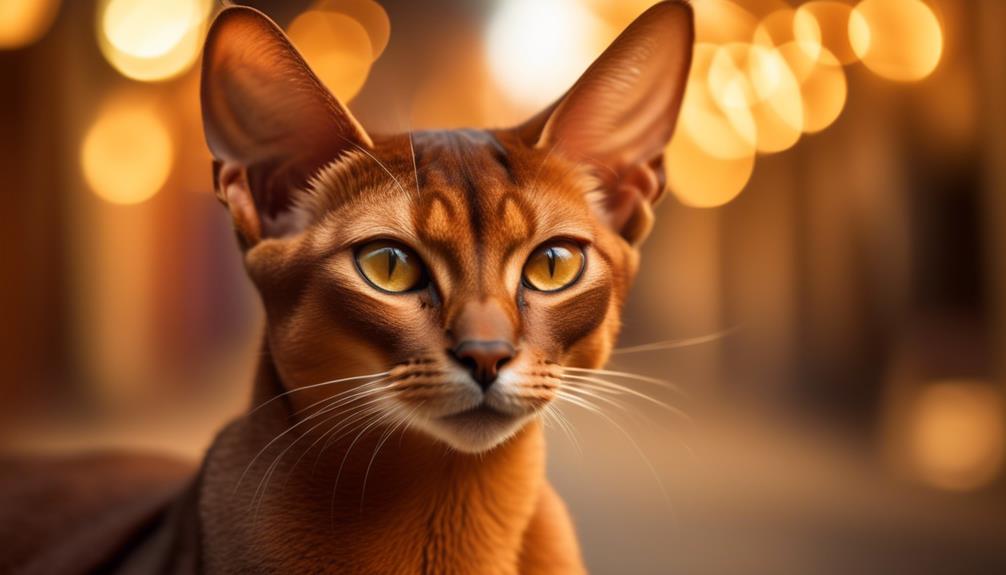
Are you ready to step back in time and discover the enchanting world of the Dutch rabbit?
This ancient breed, with its rich history dating back to the 19th century, has captured the hearts of pet enthusiasts worldwide.
Known for its distinctive markings and compact physique, the Dutch rabbit has become a beloved companion for those seeking a show-worthy pet.
But there’s more to this breed than meets the eye.
Join us as we unravel the mysteries behind the Dutch rabbit’s origins, explore its unique characteristics, and delve into the care requirements that make it a truly exceptional addition to the pet world.
Key Takeaways
- Dutch rabbits are one of the oldest domestic rabbit breeds.
- They originated in Holland around 1850 and are globally recognized.
- Dutch rabbits have a compact body shape and rounded features.
- Their short, glossy fur is easy to maintain and comes in a variety of colors and markings.
Physical Characteristics and Lifespan
The Dutch rabbit, one of the oldest domestic breeds, is known for its small and compact size, weighing between 4 to 5.5 pounds, and has a lifespan of 5 to 8 years. This breed has a compact body shape, making it easy to handle and care for.
Compared to other breeds like the Havana Rabbit and the American Rabbit, the Dutch rabbit is smaller in size. It has a rounded body throughout, with a rounded head and short, broad ears. The back legs are longer than the front legs, giving it an agile and athletic appearance.
The Dutch rabbit has a short, glossy fur that’s easy to maintain, although it may require more frequent grooming during seasonal molts.
Breed History and Origin
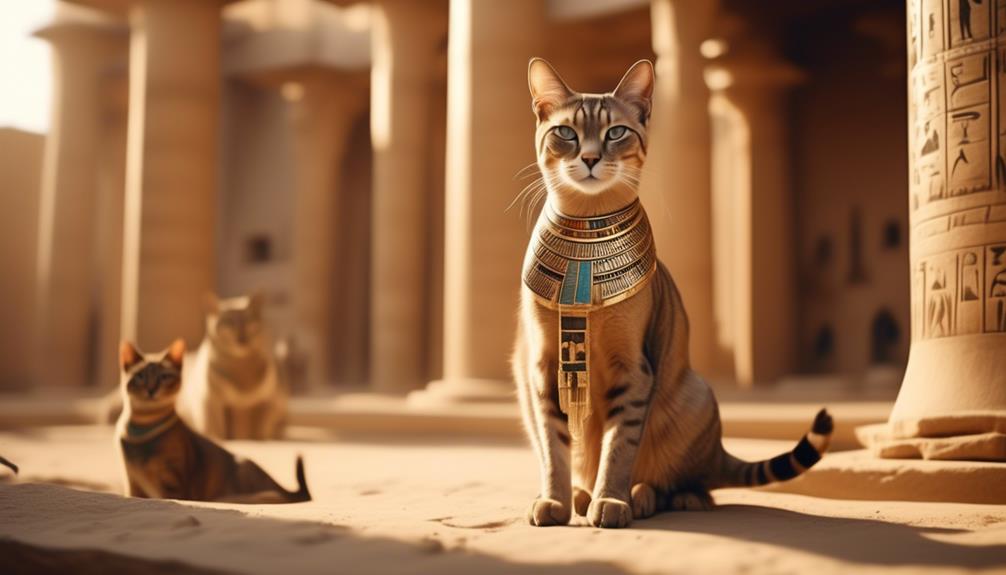
Originating in Holland around 1850, the Dutch rabbit is one of the oldest domestic breeds and has a rich history. Here are four interesting facts about the breed’s history and origin:
- Descendant of the Petite Brabanon: The Dutch rabbit is believed to be a descendant of the Petite Brabanon breed from the Brabant region in Flanders.
- Introduction to England: The Dutch rabbit was introduced to England in 1864 and quickly gained popularity among rabbit enthusiasts.
- Worldwide Export: Since its introduction to England, the Dutch rabbit has been exported to many places around the world, making it a globally recognized breed.
- Enduring Popularity: Despite being one of the oldest breeds, the Dutch rabbit continues to captivate pet owners with its unique characteristics and charming appearance.
Description and Coat
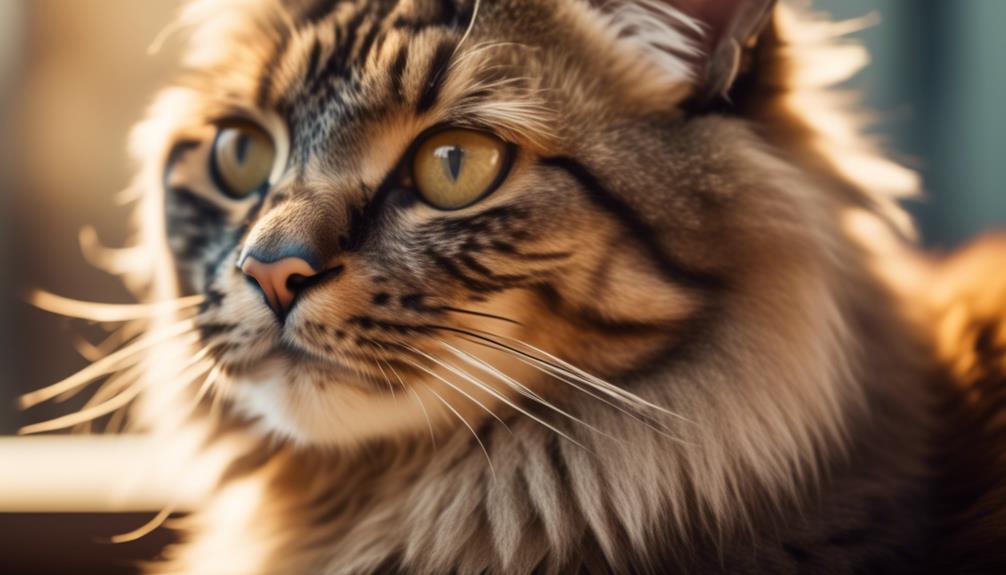
With its small, compact body and rounded head, the Dutch rabbit is a show-worthy breed that’s sure to capture attention. This adorable rabbit has a rounded body throughout, with short, broad ears and longer back legs than front legs. Its flyback fur is short, glossy, and easy to maintain, although it does require more frequent grooming during seasonal molts.
The Dutch rabbit comes in a variety of colors and markings, but all types have dark colored ears and rumps, a white band from shoulders to belly, white legs, and a Blaze on the face. Some popular types include Black Dutch, Blue Dutch, Chinchilla Dutch, Chocolate Dutch, Gray Dutch, Steel Dutch, and Tortoise Dutch.
With its unique coat and distinctive appearance, the Dutch rabbit is a true beauty in the pet world.
Colors and Markings
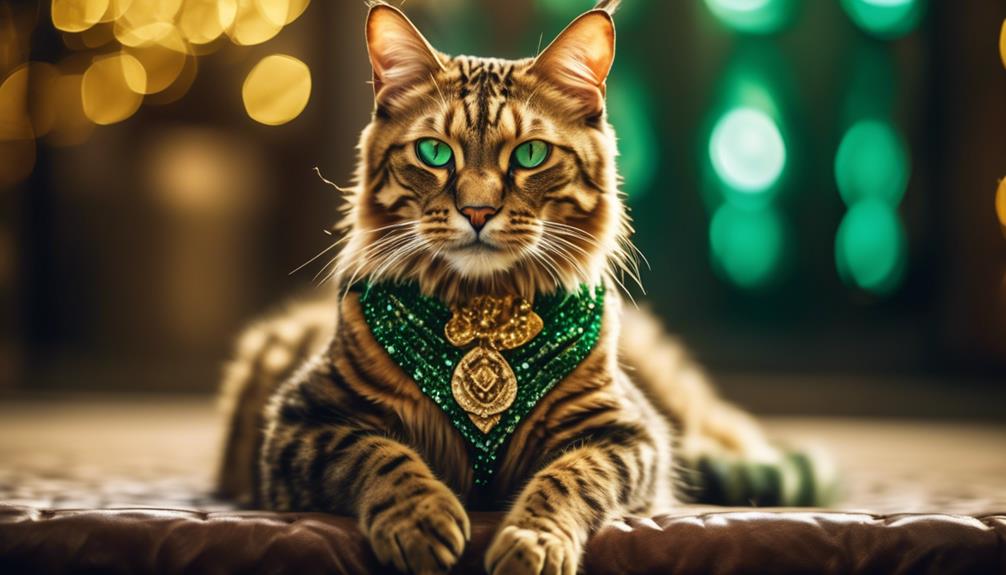
Dutch rabbits come in a variety of colors and markings, making them a visually striking breed. Here are four interesting facts about the colors and markings of Dutch rabbits:
- Dark Colored Ears and Rumps: All Dutch rabbits have dark colored ears and rumps, which contrast beautifully with their white bodies.
- White Band and Blaze: These rabbits have a distinctive white band that stretches from their shoulders to their belly, along with a white blaze on their face. This adds a touch of elegance to their appearance.
- Different Types: Dutch rabbits come in various colors and patterns. Some popular types include Black Dutch, Blue Dutch, Chinchilla Dutch, Chocolate Dutch, Gray Dutch, Steel Dutch, and Tortoise Dutch. Each type has its own unique combination of colors and markings.
- Eye-catching Legs: Dutch rabbits also have white legs, which further enhance their striking appearance. This combination of colors and markings makes them stand out among other breeds.
With their stunning colors and markings, Dutch rabbits are sure to capture the attention and admiration of pet owners everywhere.
Care Requirements
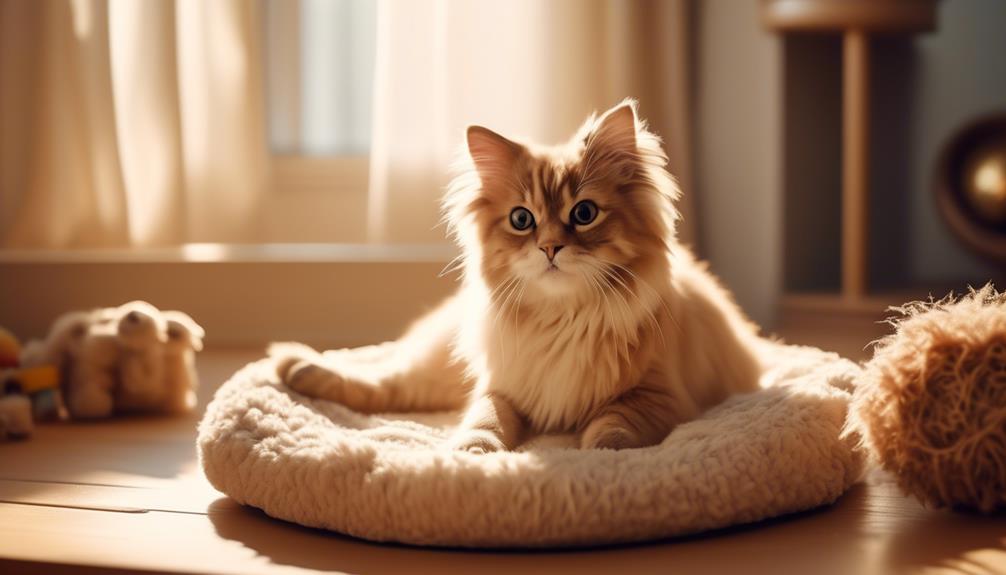
Now let’s shift our focus to the important care requirements for Dutch rabbits, ensuring they live a happy and healthy life.
Dutch rabbits enjoy outdoor time and running, so it’s essential to provide them with plenty of space to exercise.
Their diet should consist of 70% hay and a mix of pellets, fruits, and vegetables. However, be cautious as some fruits and vegetables can be dangerous for rabbits.
When it comes to their enclosure, you have the option of keeping them indoors or outdoors, depending on the weather conditions. Whichever you choose, make sure to clean the enclosure regularly and consider using bedding for their comfort.
Weight and Size
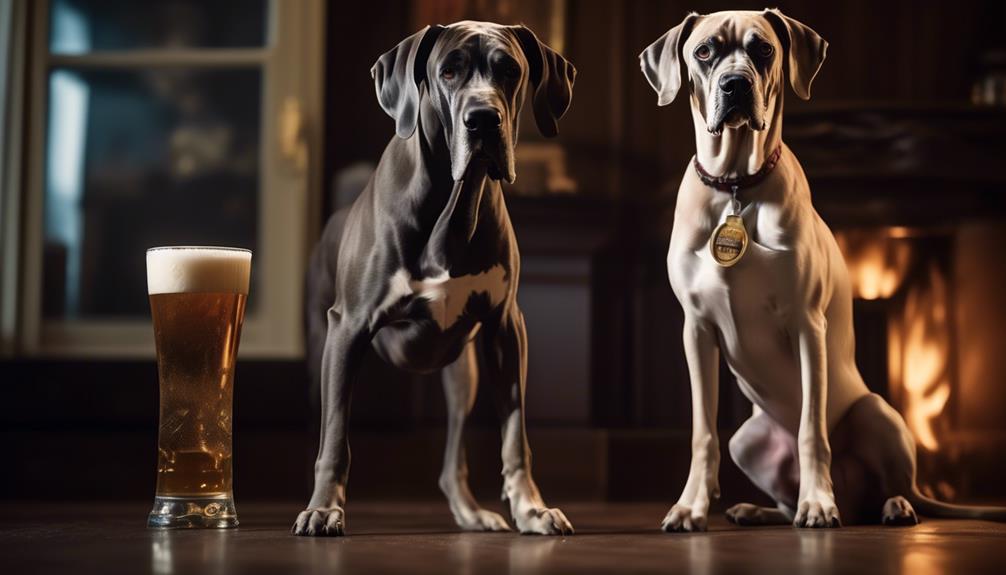
To get a clear understanding of the Dutch rabbit breed, it’s important to delve into their weight and size. Here are four key points to know about the weight and size of Dutch rabbits:
- Weight: Dutch rabbits typically weigh between 4 and 5.5 pounds. This makes them a small or mini-sized breed, perfect for those looking for a compact pet.
- Size: Dutch rabbits have a small and compact body shape. They’ve a rounded head and short, broad ears. Their back legs are slightly longer than their front legs, giving them a unique appearance.
- Comparable Breeds: The Dutch rabbit shares similar physical characteristics with other breeds such as the Havana rabbit and the American rabbit. These breeds have comparable sizes and weights.
- Adaptability: Due to their small size, Dutch rabbits can adapt well to different living environments. Whether you have limited indoor space or an outdoor enclosure, these rabbits can comfortably fit in and thrive.
Understanding the weight and size of Dutch rabbits is essential for providing them with the proper care and environment they need to lead happy and healthy lives.
Lifespan and Health

The lifespan and overall health of a Dutch rabbit can vary depending on various factors.
On average, Dutch rabbits have a lifespan of 5 to 8 years. However, with proper care and a healthy environment, they can live even longer.
To ensure the health of your Dutch rabbit, it’s important to provide a balanced diet consisting of 70% hay and a mix of pellets, fruits, and vegetables. Be cautious when feeding them fruits and vegetables, as some can be dangerous for rabbits.
Additionally, regular exercise and outdoor time are essential for their well-being. Keep their enclosure clean and consider providing comfortable bedding.
Body Shape and Comparison
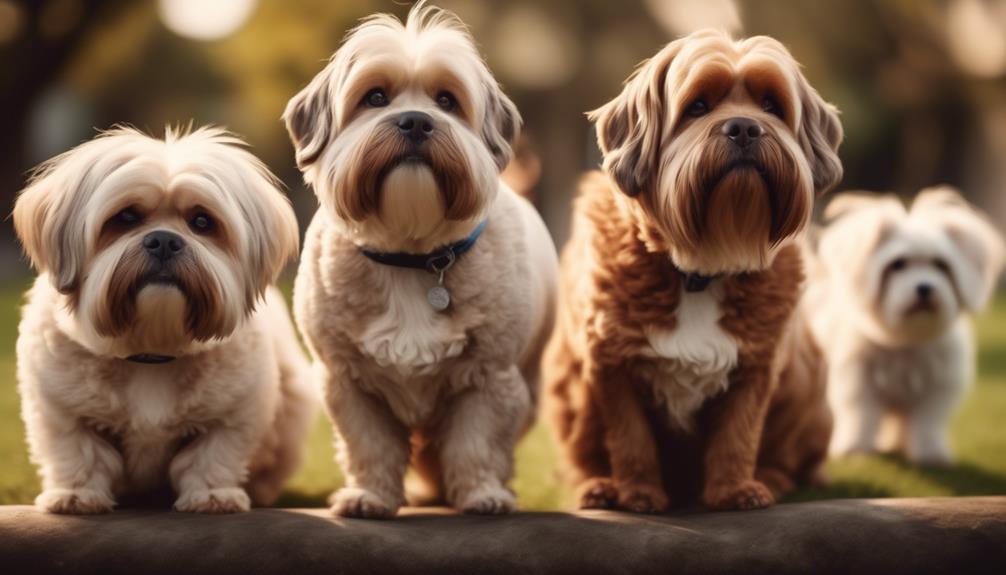
With its small and compact body, the Dutch rabbit stands out among other breeds in terms of body shape. Its unique physique sets it apart from other rabbits and makes it easily recognizable.
Here are four key features that distinguish the Dutch rabbit’s body shape:
- Compactness: The Dutch rabbit has a rounded body throughout, giving it a well-proportioned and balanced appearance.
- Rounded head and short, broad ears: The Dutch rabbit’s head is round, complementing its compact body. Its short and broad ears add to its overall cute and appealing look.
- Longer back legs: The Dutch rabbit’s back legs are slightly longer than its front legs, contributing to its agile and energetic nature.
- Flyback fur: The Dutch rabbit has short, glossy fur that’s easy to maintain. However, during seasonal molts, it requires more frequent grooming to keep its coat in top condition.
In terms of body shape, the Dutch rabbit can be compared to other breeds such as the Havana Rabbit and the American Rabbit. However, its compactness and unique proportions make it truly stand out in the pet world.
Show-Worthy Features
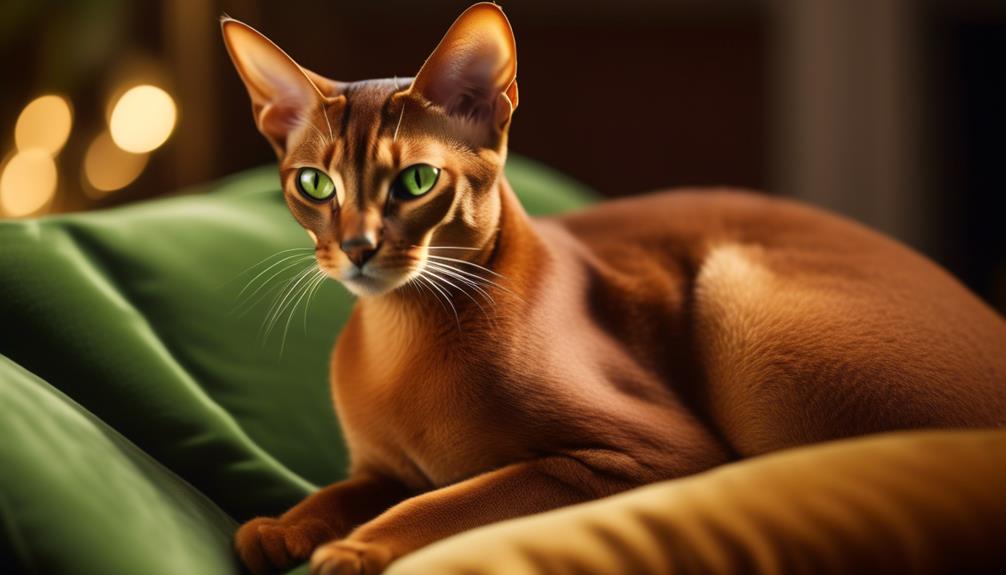
Showcasing its unique physique and stunning coat, the Dutch rabbit captivates judges and enthusiasts alike with its show-worthy features. With a small and compact body, rounded head, and short, broad ears, this breed exudes charm and elegance in the show ring. Its back legs are longer than the front legs, giving it a distinctive posture that catches the eye.
The Dutch rabbit’s flyback fur is short, glossy, and easy to maintain, making it a dream for show grooming. Although it undergoes seasonal molting, regular grooming ensures its coat remains in top condition. Available in various colors and markings, including Black, Blue, Chinchilla, Chocolate, Gray, Steel, and Tortoise, the Dutch rabbit’s striking appearance guarantees a show-stopping performance.
Different Coat Types
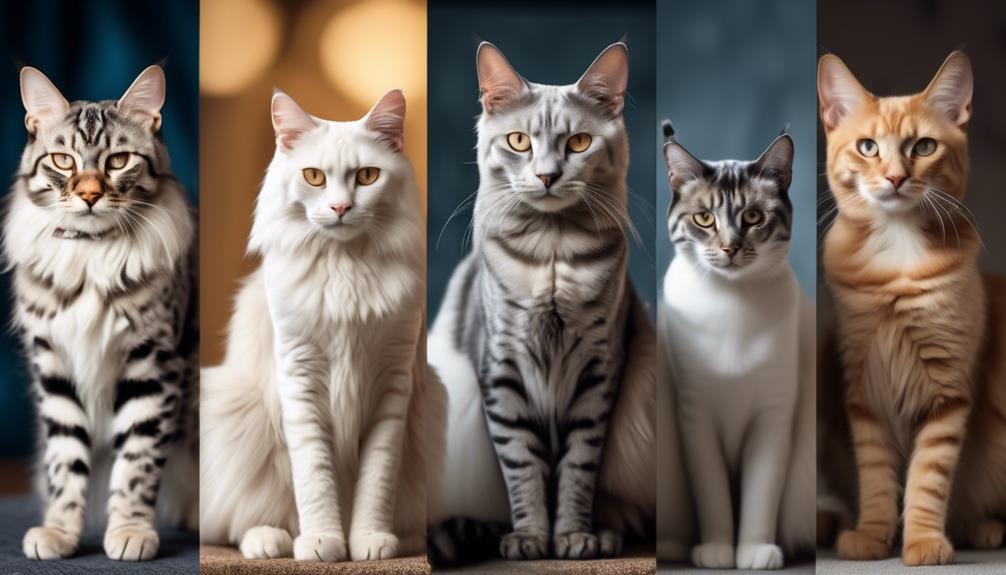
To explore the various coat types of the Dutch rabbit, let’s delve into the distinctive characteristics of each type.
- Black Dutch: This type of Dutch rabbit has a jet black coat with dark colored ears and rumps, along with a white band from shoulders to belly, white legs, and a Blaze on the face.
- Blue Dutch: The Blue Dutch rabbit boasts a beautiful blue-gray coat, also with dark colored ears and rumps. It has the same white band from shoulders to belly, white legs, and a Blaze on the face.
- Chinchilla Dutch: With its striking coat, the Chinchilla Dutch rabbit has a silver-gray coloration, dark ears and rumps, and the characteristic white band, legs, and Blaze.
- Chocolate Dutch: This type of Dutch rabbit has a rich chocolate brown coat, again with dark ears and rumps, a white band, white legs, and a Blaze.
These different coat types make the Dutch rabbit a visually captivating breed, sure to catch the eye of pet enthusiasts everywhere.
Outdoor Time and Diet
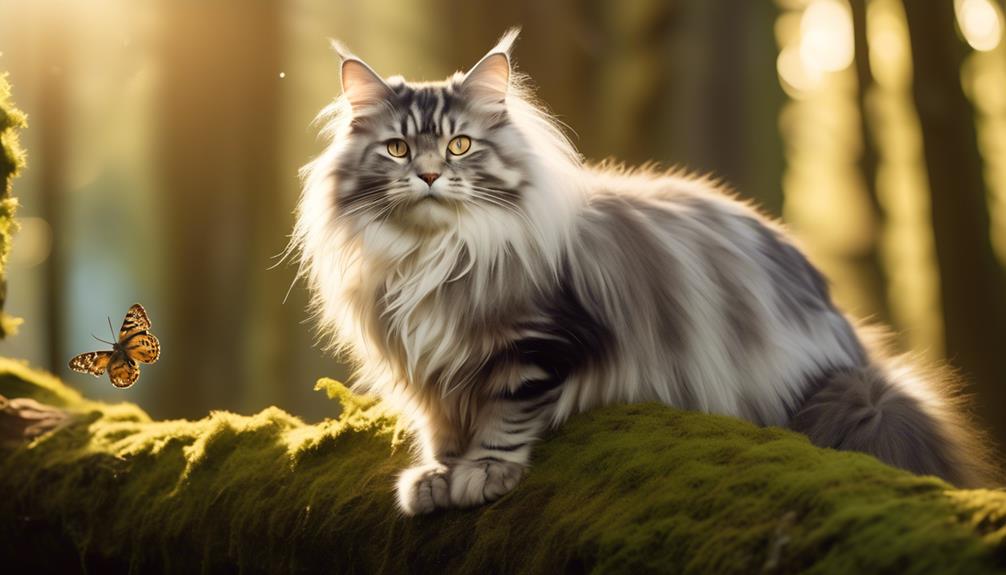
You can provide your Dutch rabbit with ample outdoor time and a balanced diet to ensure their overall well-being.
Dutch rabbits enjoy outdoor time and running, so it’s important to give them the opportunity to explore and exercise. They need a spacious and secure enclosure that protects them from predators and extreme weather conditions.
Additionally, their diet should consist of 70% hay, which helps maintain good dental health and aids in digestion. You can also provide them with a mix of pellets, fruits, and vegetables, but be cautious as some fruits and vegetables can be dangerous for rabbits.
It’s crucial to clean their enclosure regularly and consider adding bedding for their comfort.
Frequently Asked Questions
What Is the Temperament of Dutch Rabbits?
Dutch rabbits have a friendly and docile temperament. They enjoy human interaction and can be easily trained. They make great pets for both children and adults, as they are social and affectionate.
Are Dutch Rabbits Good With Children?
Yes, Dutch rabbits are generally good with children. They have a friendly and sociable temperament, making them great companions for kids. However, supervision is still necessary to ensure the safety of both the rabbit and the child.
Do Dutch Rabbits Require a Lot of Grooming?
Dutch rabbits require regular grooming due to their seasonal molt, but it’s relatively easy to maintain their short, glossy fur. Just be prepared for more frequent grooming during the molt.
Can Dutch Rabbits Be Litter Trained?
Yes, Dutch rabbits can be litter trained. Provide a litter box with rabbit-safe litter and place it in a corner of their enclosure. Encourage them to use it by placing some of their droppings in the box.
Are Dutch Rabbits Prone to Any Specific Health Issues?
Dutch rabbits are generally healthy, but like any breed, they can be prone to certain health issues. It’s important to watch out for dental problems, ear infections, and obesity. Regular check-ups with a veterinarian are recommended.
What Makes Dutch Rabbits the Oldest Domestic Breed in Comparison to the Rare French Rabbit Breed?
The Dutch rabbit is the oldest domestic breed, outdating the rare French rabbit breed by centuries. Originating in Holland in the mid-19th century, the Dutch rabbit was initially bred for meat and fur. Its compact size and friendly nature have made it a popular choice for pet owners worldwide.
Conclusion
In conclusion, the Dutch rabbit is a captivating and charming companion that has taken the pet world by storm. With its distinctive markings, compact body, and show-worthy features, this oldest domestic breed is sure to captivate any owner.
Proper care, including a balanced diet, regular grooming, and a clean enclosure, is essential to keeping these social creatures happy and healthy.
So, why wait? Dive into the fascinating world of the Dutch rabbit and enjoy their unique characteristics and rich history.

